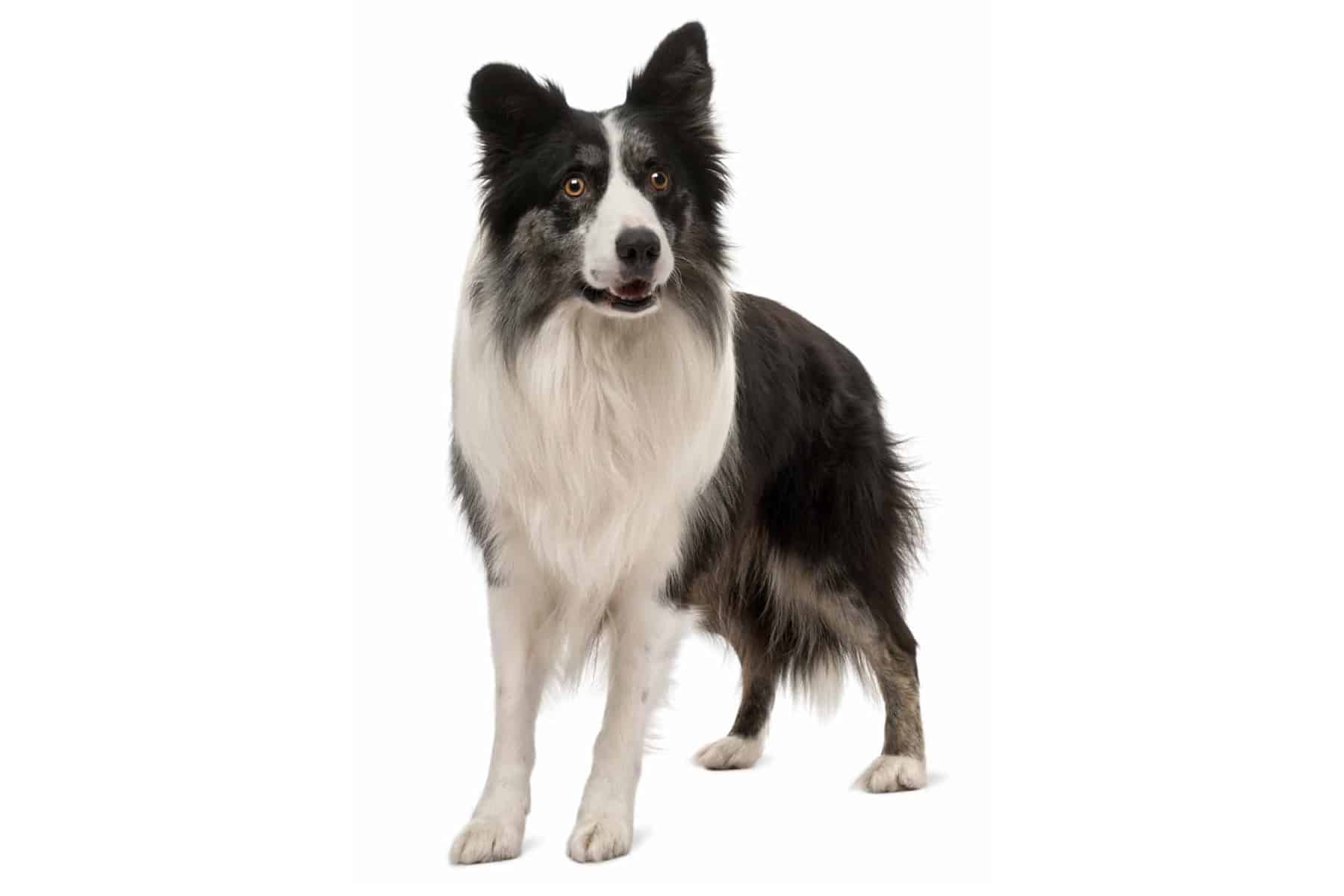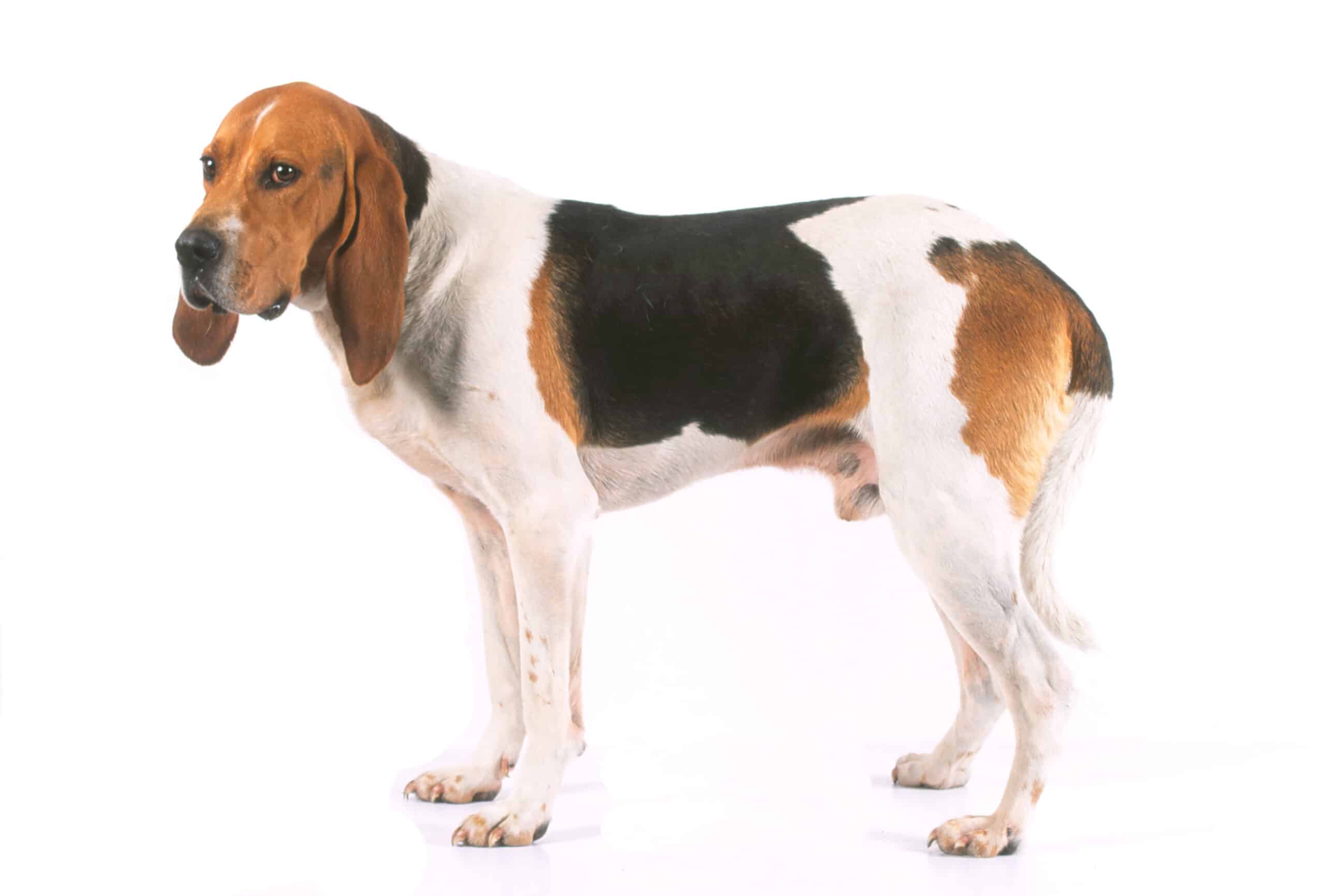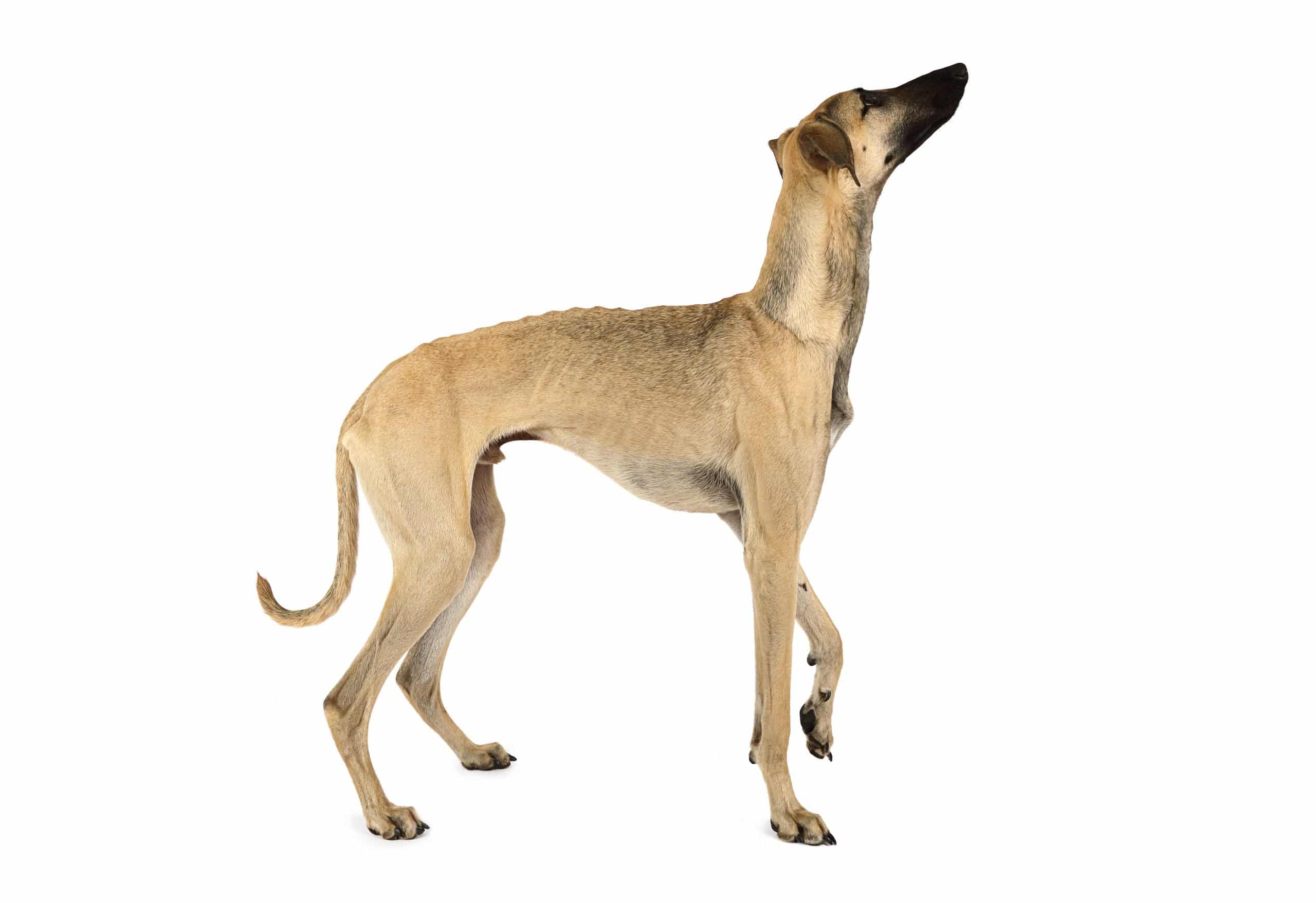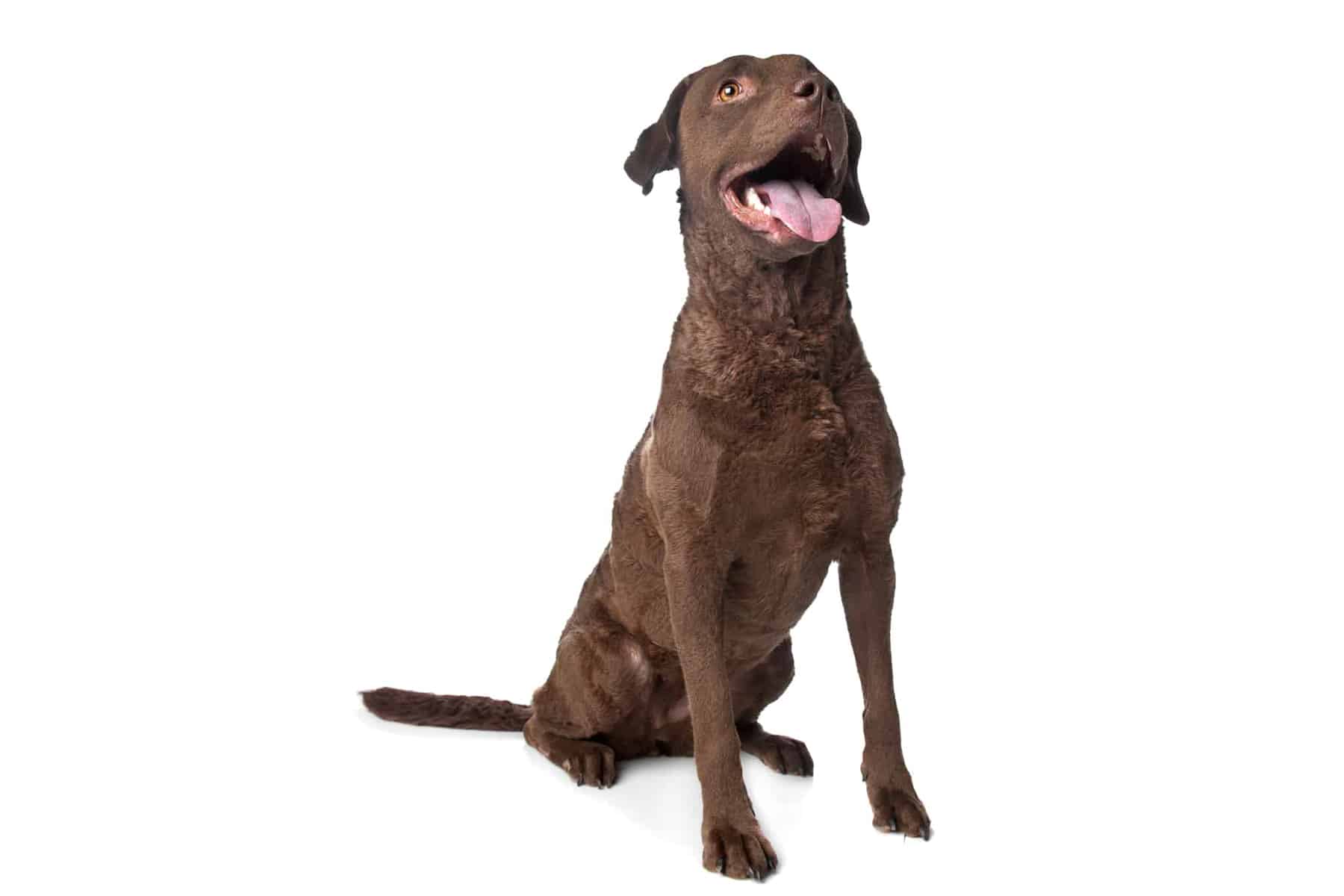Canaan Dog
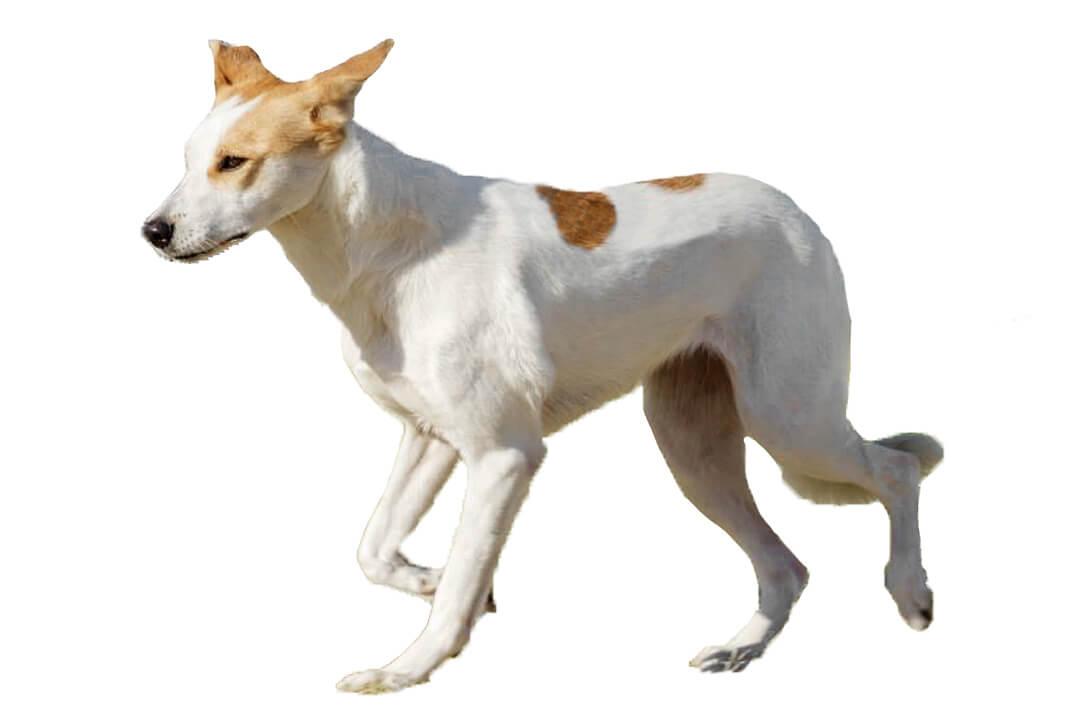
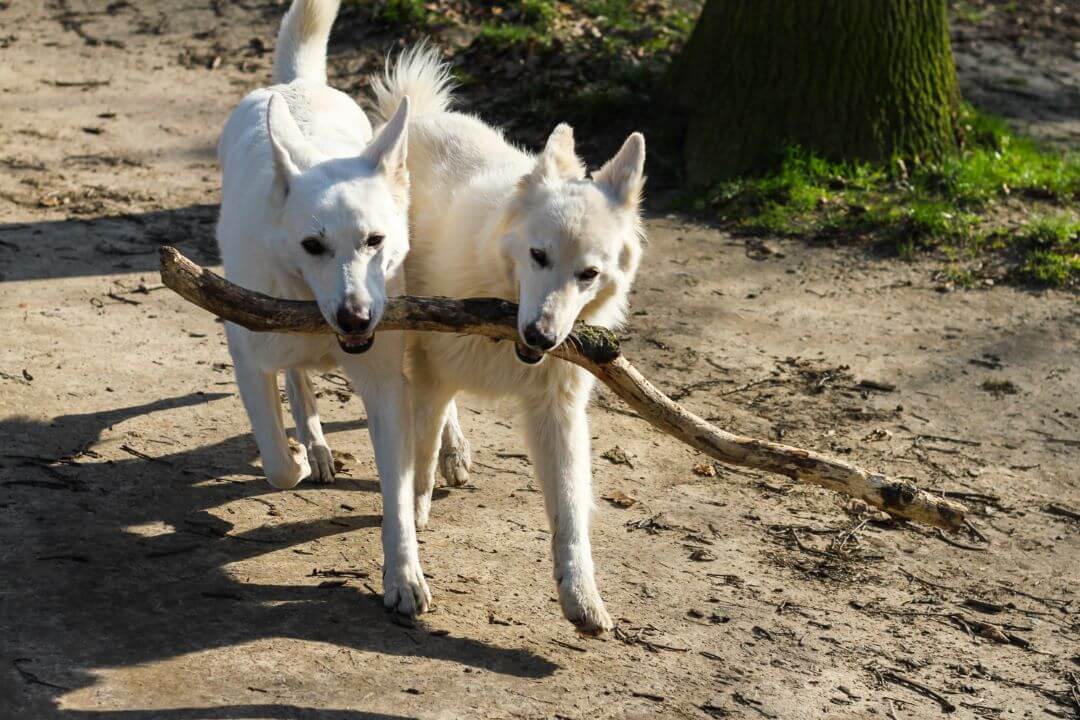
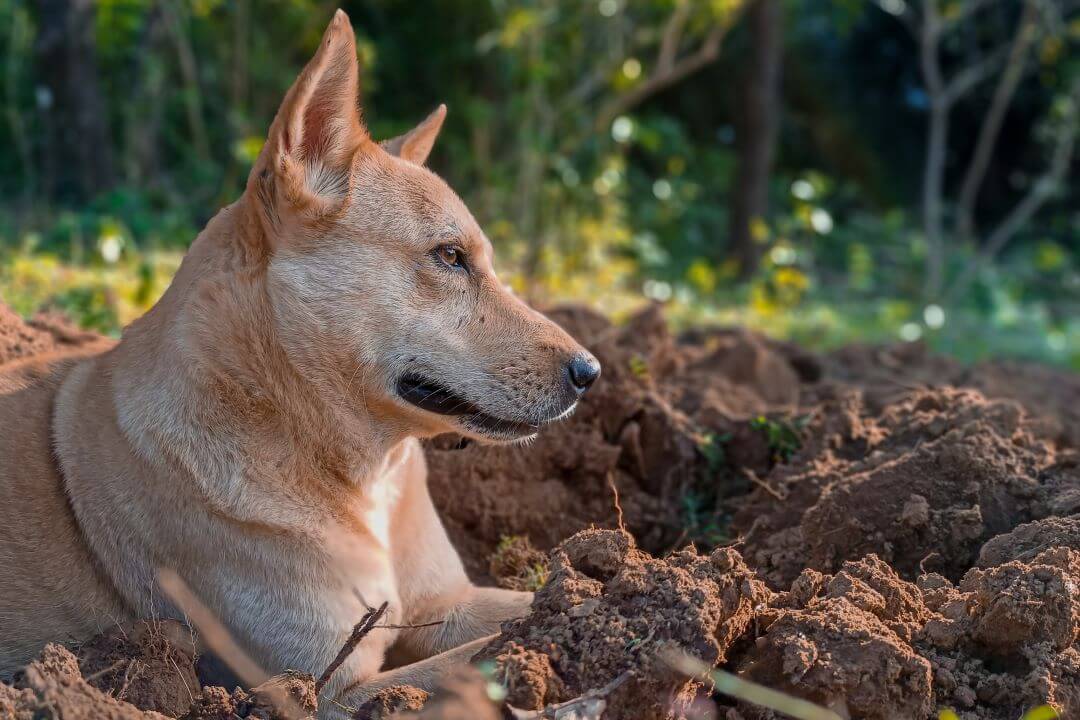
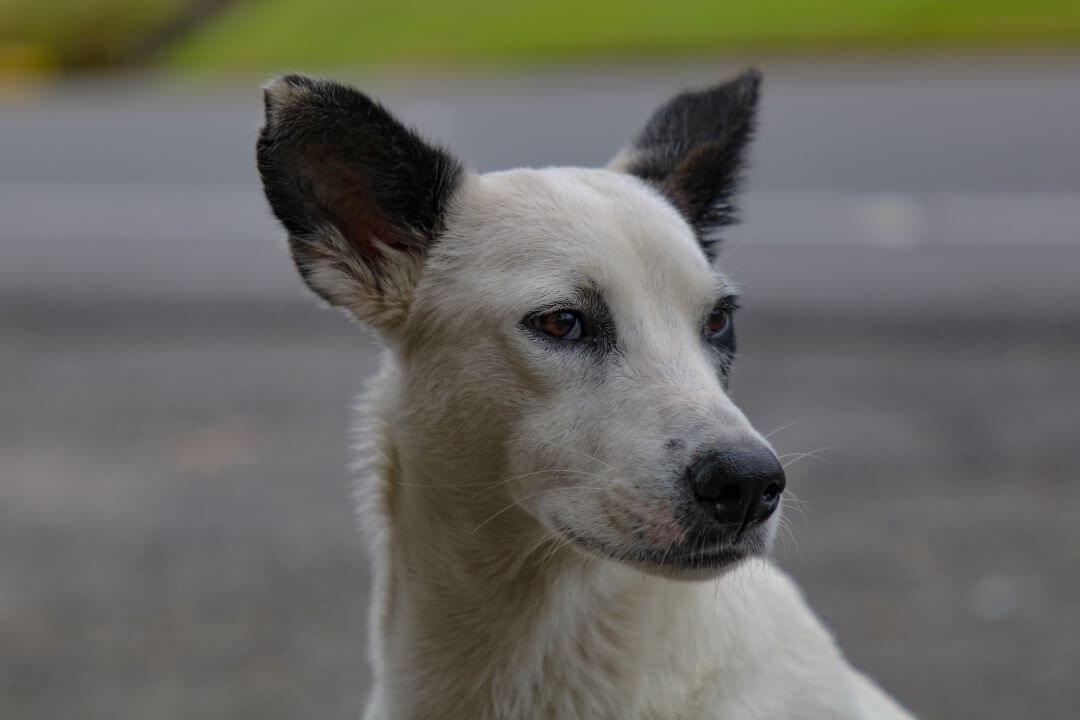
Temperament:
The Canaan Dog, also known as the Israelspitz, originates from Israel and is a descendant of the so-called pariah dogs. This means that the breed was bred from former street dogs. It was bred around 100 years ago as a guard and family dog. This four-legged friend is hardly known outside of Israel.
Characteristics
The Canaan Dog is an affectionate and loyal companion in his family. It is very alert and suspicious of strangers. Despite its pronounced defensiveness towards strangers and animals, it is not fundamentally aggressive. These dogs have a very good reaction time and are very lively.
Although the Canaan Dog is very affectionate, it is not a cuddly toy. This is due to its pronounced independence and self-confidence. They decide for themselves when to seek contact with their humans.
The Canaan Dog is a demanding dog for humans and therefore not suitable for beginners. It needs its space in order to find peace and quiet. However, this breed is said to be highly tolerant of children and family. The Canaan Dog usually reacts aggressively towards other dogs. This makes it difficult to visit dog schools and other places where there are many dogs. Good socialization is important, but can hardly be achieved completely.
The Canaan Dog shows its descent from the wild dog. At 50-60 cm, it is a medium-sized dog with a very harmonious, strong and square build. The males of this breed are significantly larger than the females. Dogs of this breed reach a weight of 18-25 kg.
It has a well-proportioned head with low-set, pointed ears that are slightly flattened at the top. The Canaan Dog looks at its owner with almond-shaped brown eyes. Its head sits on a muscular neck. The Canaan Dog has a very dense and bushy tail, which it carries curled up over its back.
The topcoat of this breed is short to medium length. It is very dense, firm and smooth. The undercoat is dense and close-fitting. The coat is sand-colored to reddish-brown, white, black or pied. The breed standard also allows a mask, but it must be symmetrical. A black mask and white markings are permitted in all colors of the breed. The typical desert colors (sand, gold, red and cream) are particularly common.
Coat care:
Shedding:
Energy level:
Trainability:
Children suitable:
The right food
When choosing food, make sure that it contains high-quality ingredients, is balanced and meets your dog's requirements. Age, size or weight, activity and health status play an important role. You should follow the manufacturer's recommendations for the amount of food.
Treats should only be fed in moderation and deducted from the basic diet to avoid obesity.
Puppies can be fed 4-6 times a day. The number of meals should be gradually reduced to 2 per day until the dog is fully grown. A rest period should be observed after meals.
Fresh drinking water should be available at all times.
Health & Care
The Canaan Dog is very easy to care for. Due to its dense coat, it hardly gets dirty and only needs to be brushed once or twice a week. It should only be brushed more frequently during the shedding season to avoid itching caused by dead hair and increased shedding in the home.
Like any dog, he should of course be accustomed to having his ears, eyes, teeth and claws checked regularly. If necessary, these must be cleaned and the claws trimmed. Claws that are too long can be very painful when walking and can lead to deformities.
Breed-typical diseases are not known.
Suitable accessories
The Canaan Dog needs the typical dog equipment. From collar or harness to food bowl and sleeping place, everything should be available. Claw clippers and a brush are also necessary for grooming the dog. Dental cleaning utensils are also a good choice to keep teeth healthy for a long time.
Other accessories that should be part of every dog's basic equipment: tick tweezers, mild dog shampoo, a transport box for transportation in the car and a first aid kit. Ask your vet what belongs in the first aid kit.
Dog liability insurance is required by law in some federal states, but is always a good idea. Accidents happen quickly and early prevention is advisable, especially with a vigilant breed like the Canaan.
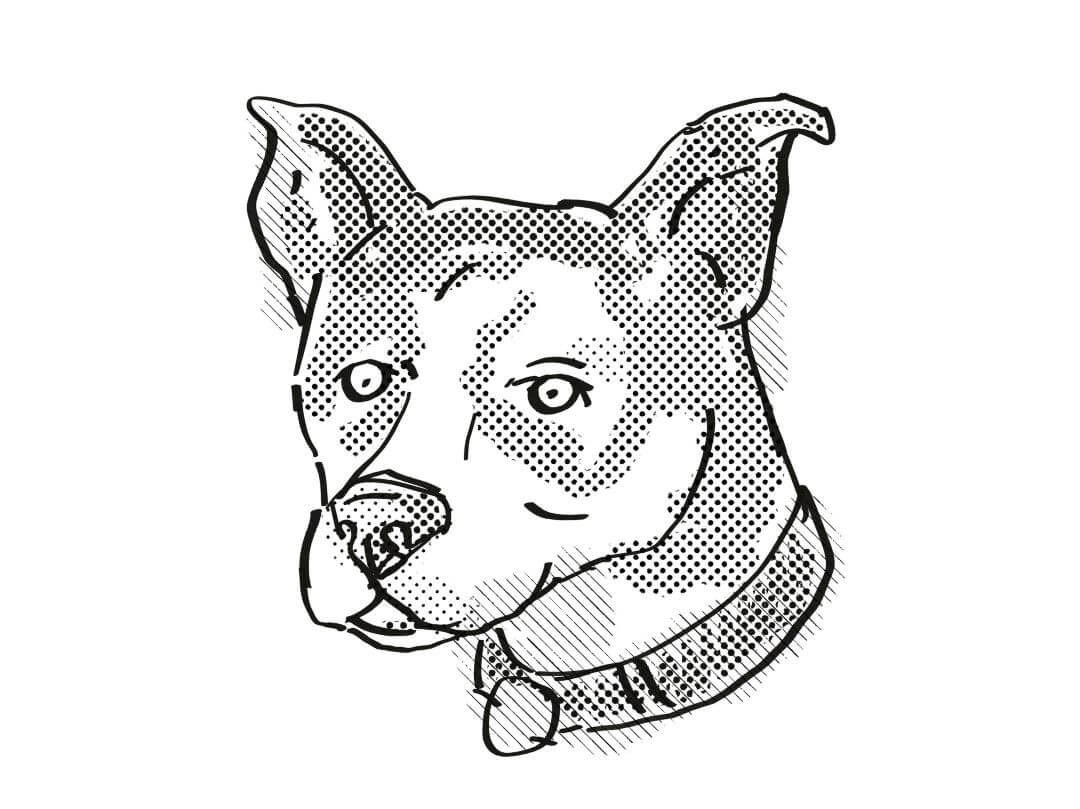
Origin & History
The Canaan Dog was bred from Pariah dogs in the former Palestine. Pariah dogs are dogs that live close to humans but do not have a specific task and are not specifically fed. There is no targeted breeding of these four-legged friends.
When the Austrian dog behavior researcher Prof. Rudolphina Menzel and her husband emigrated to Palestine in the 1930s, they came up with the idea of breeding a new breed from the pariah dogs living there. The original dogs lived there together with the local Bedouin tribes. With just a few puppies, the couple began breeding and named the new dogs after the biblical land of Canaan.
The dogs soon became accustomed to living with humans and developed into affectionate, efficient dogs that retained many of the characteristics of their wild relatives.
In 1948, the Canaan Dog was recognized by the Israel Kennel Club. Since 1966 it has also been recognized by the FCI as an independent breed. There it can be found under the number 273 in Group 5 Spitz and Primitive Type Dogs; Section 6 Primitive Type. The original Pariah dogs still live closely with the Bedouins today, without being directly dependent on them.
